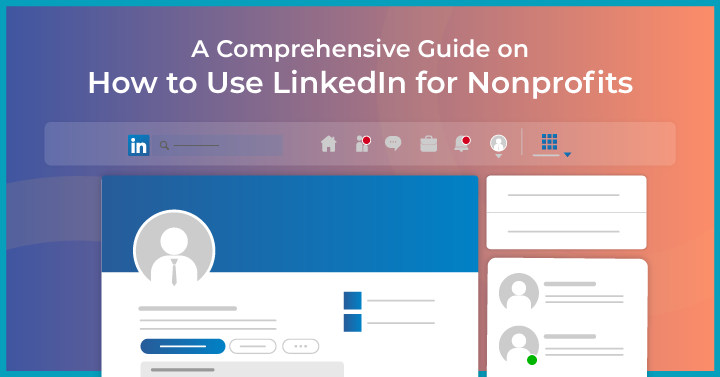Compared to other major social media platforms like Facebook or Instagram, LinkedIn has a relatively small user base. However, it is the quality rather than the quantity of the people on the site that can make it an attractive avenue for nonprofits to promote themselves and improve their fundraising capabilities.
Having a strong presence on LinkedIn for nonprofits is often seen as a marker of professionalism and trustworthiness, with organizations like Habitat for Humanity and UNICEF among the many nonprofit partners with which the business currently engages.
To read about our comprehensive article on digital marketing for nonprofits, click here.
1. What Is LinkedIn?
LinkedIn is the largest online professional network in the world. It has approximately 830 million users in more than 200 nations and territories across the globe. Founded in 2003, it is a social media service designed to connect individuals and generate more productive and successful business opportunities.
2. Why Is LinkedIn for Nonprofits so Important?
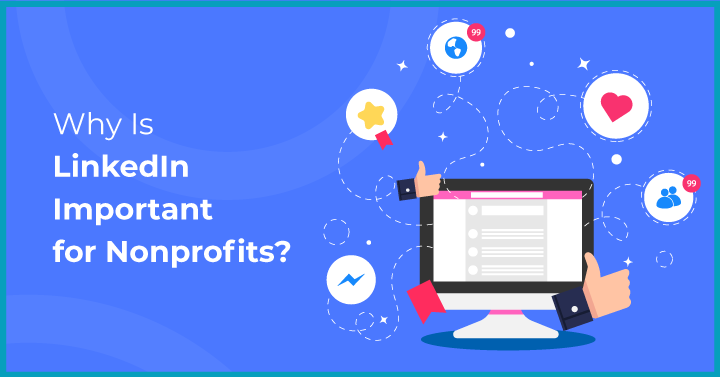
LinkedIn is important for NGOs and nonprofits because it can help them market themselves to the right people, cultivating donors and fostering strategic partnerships to improve fundraising capabilities. According to research conducted by LinkedIn two years ago, the service includes 80 million donors and 225 million volunteers amongst its members. These members are 56% more likely than the average internet user to donate to charities.
It can also be useful when it comes to hiring the right people and for teaching existing staff new digital skills via LinkedIn Learning.
3. 10 Useful Tips When Using LinkedIn for Nonprofits
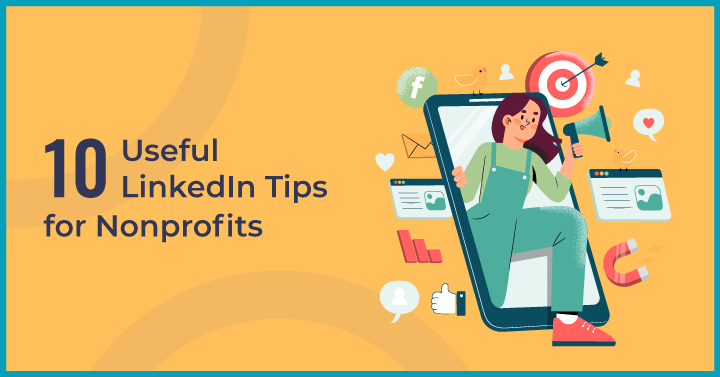
3.1 Set Up Your Goals
What is it you want to achieve with your LinkedIn for nonprofits presence online? Whether the goal is to increase website traffic, generate donation leads, build strategic partnerships or a combination of all three, pinpointing your principal objectives will help keep the planning and budget within scope.
Once you have decided upon your goals, you can then set up associated key performance indicators to monitor the progress of you and your team. Bear in mind that these should be measurable targets that you can quantify.
3.2 Create a LinkedIn Page
Now you’ve completed the initial planning stage, it’s time to create your LinkedIn for nonprofits company page, which can be done for free and takes just a few moments.
The first step is to double-check your nonprofit doesn’t have an existing company page by doing a quick search. Ideally, your URL will look like this: https://linkedin.com/company/your-company-name
However, if another organization with the same name has already claimed the URL, you’ll have to adapt yours slightly by adding additional numbers or letters.
After you’ve created your company page, fill out as much information as you can about your nonprofit – complete pages receive a 30% increase in weekly page views. There will be sections for you to include your nonprofit’s website address, company size and type, a general description of your purpose and some images, such as a brand logo and cover photo. Since this may be the first time people or businesses come across your organization, the page should appear as professional and informative as possible (here, for example, you can find optimum image sizes). When you’ve put in as much detail as you can, preview and publish.
3.3 Develop a Content Marketing Strategy
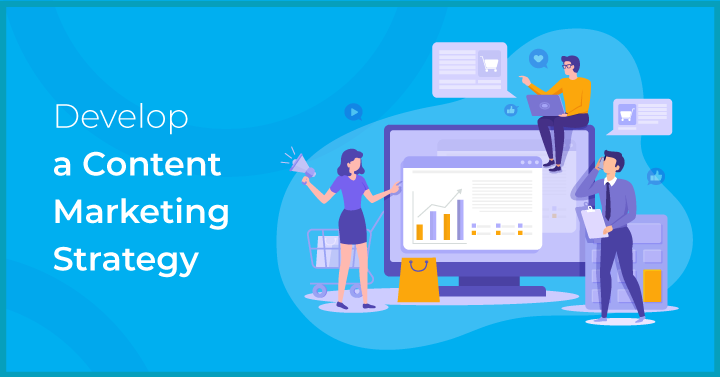
The next step is to enact a targeted content marketing strategy. As part of your overall plan, you’ve probably already got an idea of the kind of individuals and businesses you want to reach through your LinkedIn for nonprofits page. Formulate a three-month schedule for articles and videos that will appeal to them and thereby grow your digital presence.
This might include information about events or initiatives you’ve undertaken, any research you’ve commissioned, as well as commentary on any news stories relevant to your area of activity. Sharing blog posts from your website is, of course, a great way to redirect people to your own domain.
As you learn more about how people interact with your company page, you can tweak the type of content you share accordingly. This is why it’s good to create outlines over quarterly periods rather than longer stretches, so that you can be more agile.
3.4 Post Regularly
Making sure your company page is regularly updated with content shows people that your nonprofit is actively engaged in spreading its message, while keeping the brand top of mind in followers’ feed.
Things that seem as trivial as time of day and frequency of posting can have a big impact. For instance, software company HubSpot recommends posting no more than five times a week to maximize engagement without leading to fatigue.
Tools like Canva and Animoto have made it much easier to create your own graphics and short videos. It’s worth noting that multimedia has been shown to significantly increase the amount of comments a post receives – by some estimates, videos receive three times as much engagement as text-only posts.
3.5 Use Hashtags and Links in Your Content
Hashtags and links are two different approaches to building your LinkedIn for nonprofits brand presence. Let’s start with hashtags, which are primarily good for attracting new followers. LinkedIn recommends using no more than three hashtags in a post and most people stick to that – partly because it makes the post look smarter and partly because there is the suspicion that LinkedIn’s algorithm may penalize posts that contain more.
The hashtags should be a mix of general and niche: the general ones will help you connect with as broad a base of people as possible, while the niche ones help establish your individuality as a brand and make sure you are reaching the specific group that you want to target. It’s worth taking the time to do a LinkedIn search to see how many followers a hashtag has and the kind of posts that already appear.
Links help redirect individuals who see your content towards your own website, where you can more deeply engage them in the work of your nonprofit. You can add links to text, images or videos – just try to keep it to a minimum (again, to avoid angering the algorithm).
3.6 Respond to Followers’ Questions
There are a couple of really good reasons why you need to respond to followers’ questions. Firstly, it shows your followers that you value their input and want to engage with them. Developing rapport is obviously important to building a brand with which the public wants to become involved.
Secondly, the more activity on a post, the more likely it will be promoted in other people’s LinkedIn feeds. If something is generating conversation, it’s in LinkedIn’s interest to draw more people in so they spend longer on the platform.
When crafting your responses, try to make sure they are salient and to the point. Keep them as short as possible while also answering the follower’s question.
3.7 Recruit Volunteers
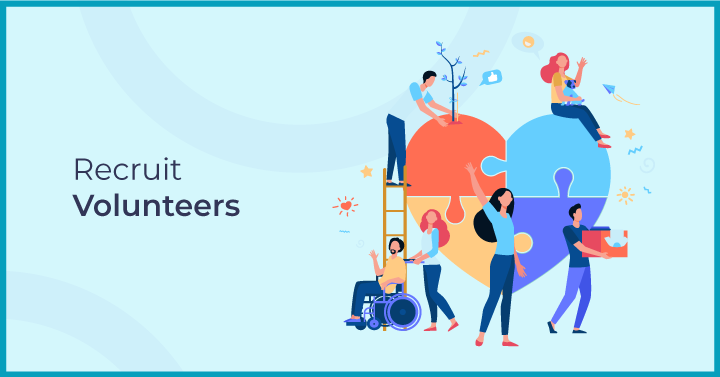
LinkedIn allows companies to post volunteer roles as well as paid jobs on their site. This can be done for free, or you can opt to boost an opportunity’s visibility by paying to promote the advertisement. Alternatively, you can reach out to people with relevant skills through the advanced search function.
There is a broad array of potential volunteers to target, from fresh graduates looking to gain some experience to add to their resumes, to accomplished professionals wanting to donate some of their spare time to a worthy cause.
3.8 Join Different LinkedIn Groups
Joining groups on LinkedIn can be a useful way to establish your presence on the platform and present yourself as a proactive member of the nonprofit community.
Start by using the search bar to find topics that might be useful, such as fundraising ideas, grant applications, digital marketing, etc. Try to find groups where there seems to be meaningful dialogue going on, as these will most likely lead to better-quality connections than forums where people just post self-promotional material.
It might also be worth creating your own LinkedIn Group to advocate for specific issues, though bear in mind that this will require additional resources and maintenance.
3.9 Use LinkedIn SlideShare for Promotion
We’ve already talked about how you can increase engagement using videos and images, but SlideShare is yet another way to supply eye-catching content. The company specializes in helping people upload and share presentations, which can be used to introduce potential donors or other interested parties to your nonprofit, its past achievements and its future objectives.
Up until 2020, SlideShare was actually owned by LinkedIn, making it incredibly easy to use on the professional networking platform. It has since been purchased by subscription service Scribd, and some of the previous integration with LinkedIn has been removed, though it’s still worth considering as an alternative means of delivering information to your followers and people scouting your organization.
3.10 Monitor Your LinkedIn Analytics
Almost certainly one of the most important LinkedIn tools you will come across, the free analytics function allows you to see a range of important statistics, including effectiveness of your posts, demographics of your followers, sources of visitors and comparison with competitors.
With this data at your fingertips, you can make informed decisions about how to adapt your content marketing strategy, what kind of posts generate the most engagements and which hashtags are driving the most click-throughs to your company page.
Bear in mind that LinkedIn only tracks the past 30 days, so you’ll need to export the key data points if you want to monitor the situation longer term.
4. Example of How to Use LinkedIn for Nonprofits
Mental health charity Mind has more than 400,000 followers on LinkedIn. It keeps them engaged with regular posts that include a mixture of graphics, videos and polls, which generate comments and discussion. The charity also makes sure to methodically link to blogs on its own website for longer-form pieces.
About Us
Growth Ganik is a rapidly evolving digital marketing agency in Sydney, Australia that specializes in SEO, content marketing, marketing strategy and lead generation.
We work with clients from leading brands and industries such as B2B SaaS, nonprofits and more to develop profitable digital marketing solutions that are data-driven to support all kinds of business goals from widening user bases, gaining more traction for online engagement, to increasing conversion and helping businesses scale up.
For creative tailor-made digital solutions and sustainable growth insights, get in touch with us!

